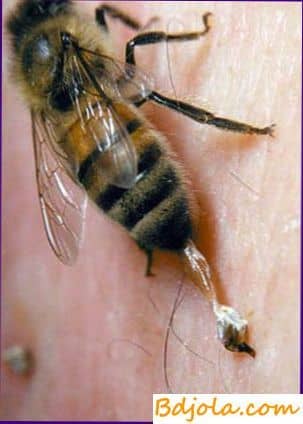
In its pure form, bee venom is used by the method of direct local bite by bees. With this treatment, they achieve the greatest effect.
Injections use drugs with bee venom: apizartron, tosapine, malesin, venapiolin 1-2 or KF-1, KF-2 (in a dilution of 1: 1000, 1: 2000 in sterile apricot or peach oil).
Aqueous solution of a dry preparation in ampoules is injected subcutaneously – apitoxin.
For injection, ionophoresis (combined with ultrasound), balneological and external use of melivenon.
Apis – spirituous tincture of milled bees – is widely used in homeopathic practice.
Торт идеал с медом. Напиток из отрубей.
Bee venom